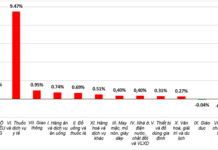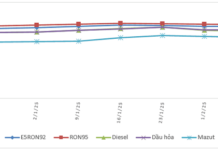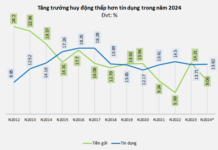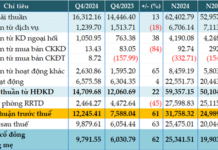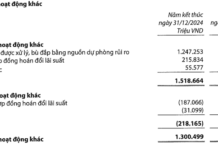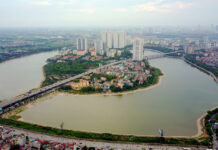The Deputy Prime Minister, Tran Hong Ha, signed Decision No. 442/QD-TTg approving the adjustment of the master plan for the development of Vietnam’s seaport system for the period of 2021-2030, with a vision to 2050. This decision aims to meet the demands of import and export, inter-regional trade within the country, and transshipment for countries in the region, as well as domestic and international passenger transportation.
PRIORITIZING THE DEVELOPMENT OF INTERNATIONAL TRANS-SHIPMENT PORTS
According to the approved decision, the seaport system is expected to handle between 1,249 and 1,494 million tons of cargo (including 46.3 to 54.3 million TEU of container cargo, excluding international transshipment cargo) and between 17.4 and 18.8 million passengers.
In terms of infrastructure, priority is given to developing the international gateway port clusters of Lach Huyen (Hai Phong) and Cai Mep – Thi Vai (Ba Ria – Vung Tau) and constructing the Can Gio international transshipment port cluster (Ho Chi Minh City). Among the 15 seaports of the first category, the seaports of Thanh Hoa, Da Nang, Khanh Hoa, and Ho Chi Minh City are planned to have the potential to become special seaports.
At the same time, units are studying appropriate policies and mechanisms to gradually develop the Van Phong transshipment port (Khanh Hoa) to exploit its natural conditions and geographical advantages. The Tran De port (Soc Trang) is also being planned to serve the Mekong Delta and will be ready for investment when conditions are met.
Additionally, there is a focus on facilitating large-scale seaports that contribute to the socio-economic development of the country or inter-regional areas, international passenger ports associated with dynamic tourism development areas, large-scale ports serving economic zones and industrial parks, and ports on island districts that promote socio-economic development alongside national defense, security, and maritime sovereignty.
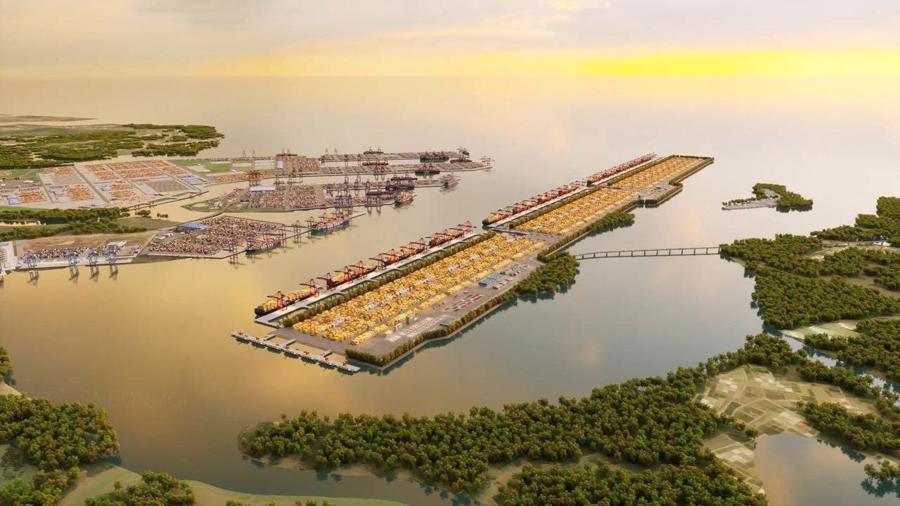
According to the Ho Chi Minh City Department of Transport, the proposed Can Gio transshipment port is expected to be located in the Con Cho islet area, in Thanh An commune, Can Gio district, Ho Chi Minh City. The project is proposed by MSC/TIL, the world’s largest container shipping company.
Recently, the Ho Chi Minh City People’s Committee officially submitted the Can Gio port construction proposal to the Prime Minister for the second time, with a planned investment schedule of two phases, with the first phase focusing on port construction and operation before 2030.
The orientation of the Can Gio international transshipment port project is to develop a synchronous, modern port that applies smart and automated technologies in its management, operation, and exploitation. The project aims to ensure economic and social efficiency while protecting the environment, especially preserving the Can Gio mangrove biosphere reserve.
By 2030, the port is expected to have a capacity of 4.8 million TEUs, and by 2047, it aims to reach a capacity of 16.9 million TEUs.
FORMING THE CAI MEP RIVER ESTUARY PORT CLUSTER
Additionally, the approved decision directs the government to ensure the capacity of the seaport system meets the demand for cargo throughput with an average growth rate of 4.2-4.8%/year and passenger throughput with an average growth rate of 1.2-1.3%/year.
The long-term goal is to continue investing in the Can Gio international transshipment port cluster and form a large-scale international transshipment port cluster in the Cai Mep river estuary, which will be on par with regional and international standards. This cluster will include the Cai Mep and Can Gio port areas.
In parallel, efforts are being made to complete the relocation of wharves on the Saigon River and continue studying the relocation of other wharves to align with the urban development of Ho Chi Minh City.
The government also approves an adjusted investment capital requirement of VND 313,000 billion for cargo handling service wharves in the seaport system by 2030. This amount excludes investment capital for the Can Gio international transshipment port cluster.
The investment capital will be mainly sourced from non-state budget funds, enterprise capital, and other legal capital sources. The state budget capital will focus on public maritime infrastructure and key areas to create a spillover effect and attract investment.
Located at the estuary of the Thi Vai and Cai Mep rivers, the Cai Mep – Thi Vai International Port is a cluster of deep-water ports in Phu My town, Ba Ria – Vung Tau province, with a total length of over 14 km. Officially put into operation in January 2011, Cai Mep – Thi Vai Port offers international standard container port services to its customers.
Cai Mep – Thi Vai International Port is one of the two special ports in Vietnam today (along with Haiphong International Port). The port serves as a gateway for waterborne trade for the provinces of the Mekong Delta and is an international transshipment port with a large capacity, helping to reduce the time for import and export cargo transportation between Vietnam and other countries worldwide.

